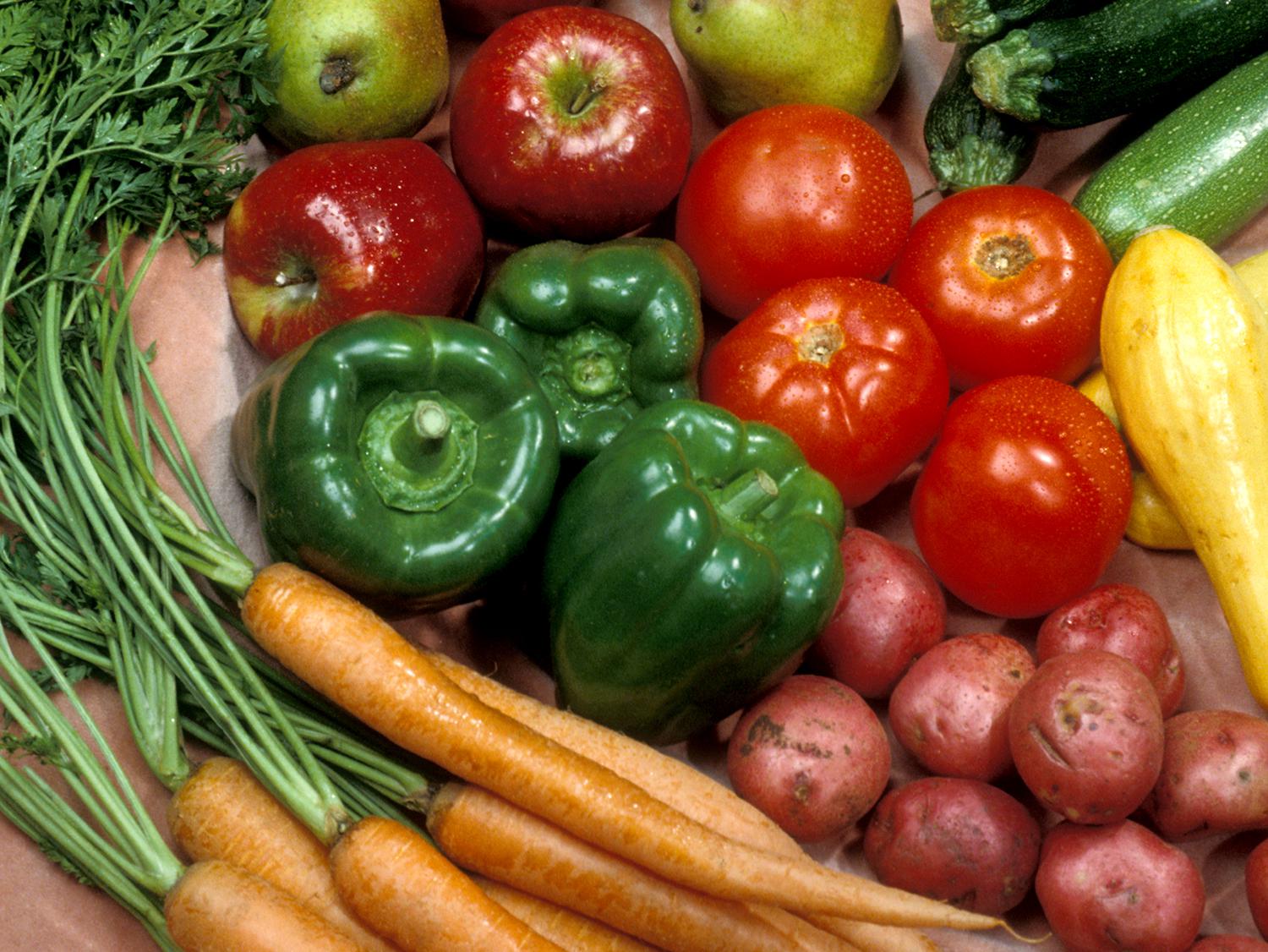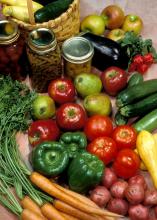Information Possibly Outdated
The information presented on this page was originally released on November 10, 2016. It may not be outdated, but please search our site for more current information. If you plan to quote or reference this information in a publication, please check with the Extension specialist or author before proceeding.
Consider family dietary needs at holiday parties
STARKVILLE, Miss. -- The holiday season is a time to celebrate blessings and good health -- something many Americans do by eating more food than normal.
People who have or are at risk for diabetes must be more careful and health-conscious to maintain their health, and family chefs should keep their loved ones’ needs in mind when thinking about what dishes will be on the dinner table.
“Considering how we prepare our meals for family gatherings is critical,” said David Buys, Mississippi State University Extension Service health specialist. “Nearly 12 percent of Mississippians 18 and older have been told by their physician that they have diabetes, and approximately 25 percent of people who have diabetes don’t know it. This is especially risky, as they may be developing serious complications that are irreversible.”
Preparing holiday meals for family members with diabetes does not have to be a difficult task for the cooks, and people who have diabetes don’t have to swear off all the food they like to manage their condition.
“There are many simple tricks that can be easily integrated into daily habits that can make a great impact on the health status of their loved ones who are recently diagnosed with diabetes or who have had it for years,” said Extension dietetic intern Monika Goralczyk.
One strategy to consider at the grocery store is focusing more on better nutritional choices instead of worrying about which foods to avoid.
“Whole grains are great for stabilizing blood sugar and avoiding high and low spikes, but not all grains have to be whole,” Goralczyk said. “Mix whole grains with refined grains such as in pasta or rice. This way, you will still be getting in a serving of whole grains as well as the taste you're used to.”
Paying specific attention to the ingredient lists found on the back of food product labels can help the family holiday chef put together a dish that is both tasteful and suitable for everyone’s diets.
“A great label for individuals to look for is the Whole Grain Council Label. This label is a gold square that lets the consumer know there is at least half a serving of whole grains in the product,” Goralczyk said. “You can tell a product is a true whole grain when the first ingredient listed says ‘whole’ followed by ‘grain flour,’ ‘wheat flour’ or ‘grain rice.”’
Diabetics can start small with what they remove from their diet to manage their blood sugar levels. Goralczyk also recommended not being afraid to try new products.
“Make one small change per day. Switching out one glass of juice or soda for water is a step in the right direction,” she said. “Labels that say ‘lite’ or ‘diet’ cut sugar intake found in regular drinks by at least half.”
Buy unflavored and unsweetened dairy products to avoid added sugar.
“Don’t be afraid to try new things,” Goralczyk said. “Buying a single serving of yogurt to test taste can help you and your family decide if a new product can be a better option than your current foods.”
Diabetes does not mean a lifetime ban on snacks at holiday parties or in daily routines, but which ones are chosen and how much is eaten is critical.
“Popcorn is an example of a great snack idea,” she said. “It is a whole grain and you can have a good portion size. Just make sure to limit popcorn that has a lot of added butter and salty toppings.”
Effectively managing or preventing diabetes requires changes in habits, but gradual modifications increase the chance for success.
“Start with one or two of these ideas this holiday season, master them and add new strategies,” Buys said. “If you take on too many changes at once, you’ll likely become frustrated and throw them all out the window.”









